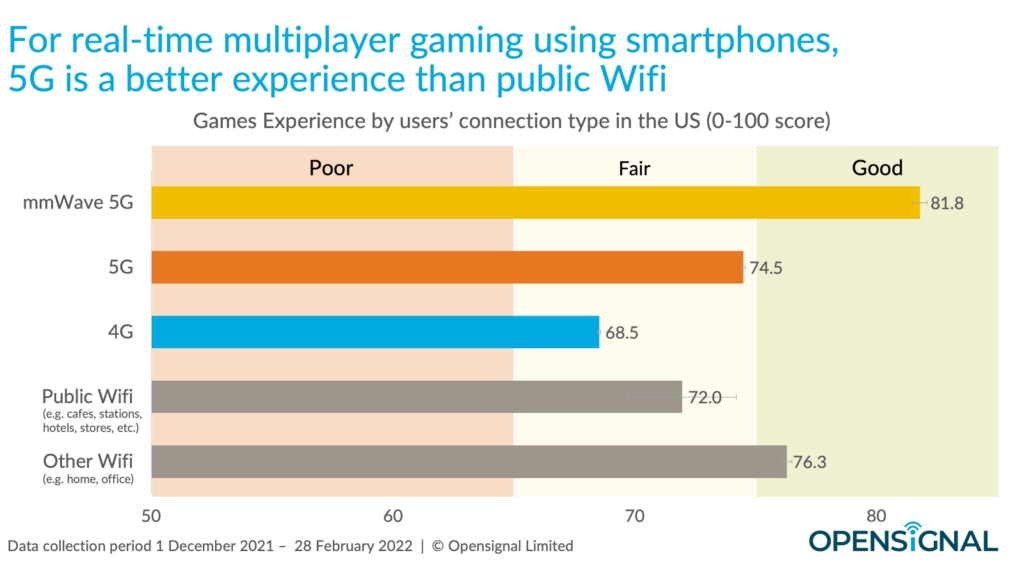The development of large-scale quantum computation holds the potential to solve certain types of problems much faster than classical computers. However, the challenge lies in the reliability of current quantum computers to implement error correction effectively.
To tackle this issue, researchers at MIT have introduced a new superconducting qubit design that enables more precise operations between qubits. This design utilizes a novel type of superconducting qubit known as fluxonium.
Fluxonium qubits have a longer coherence time compared to traditional superconducting qubits, indicating how long a qubit can maintain its information before losing it. They also exhibit characteristics closer to a two-level system.
The innovative architecture includes a specialized tunable transmon coupler that connects two fluxonium qubits, allowing them to perform logical operations or gates with high accuracy. This setup overcomes noise that can introduce errors in quantum operations, achieving a stronger coupling than direct connections between fluxonium qubits.
In experimental trials, the new approach resulted in two-qubit gates with 99.9 percent accuracy and single-qubit gates with 99.99 percent accuracy.
Through a scalable fabrication process, the team was able to implement this architecture on a chip.
Max Hays, an EQuS postdoc, mentioned, “Our work demonstrates that the performance advantages of fluxonium qubits can extend to interactions between qubits, building on previous achievements in single-qubit operations.”
Kyle Serniak, a staff scientist at MIT Lincoln Laboratory, highlighted the collaborative effort between the EQuS group and the superconducting qubit team at MIT-L, emphasizing the key role of the fabrication team at MIT-LL in constructing dense arrays of Josephson junctions for novel qubit circuits.
Lead author William D. Oliver emphasized the importance of high-quality quantum operations for system resilience and performance improvements, particularly in the context of quantum error correction. He emphasized the need for individual qubits to meet certain quality standards for overall system enhancement.
While a fully functional quantum computer may still be a decade away, this research represents a crucial advancement in the field. Future plans involve demonstrating the benefits of the FTF architecture in systems with multiple interconnected qubits.
Journal Reference:
- Leon Ding, Max Hays, Youngkyu Sung et al. High-Fidelity, Frequency-Flexible Two-Qubit Fluxonium Gates with a Transmon Coupler. Physical Review X. DOI: 10.1103/PhysRevX.13.031035



